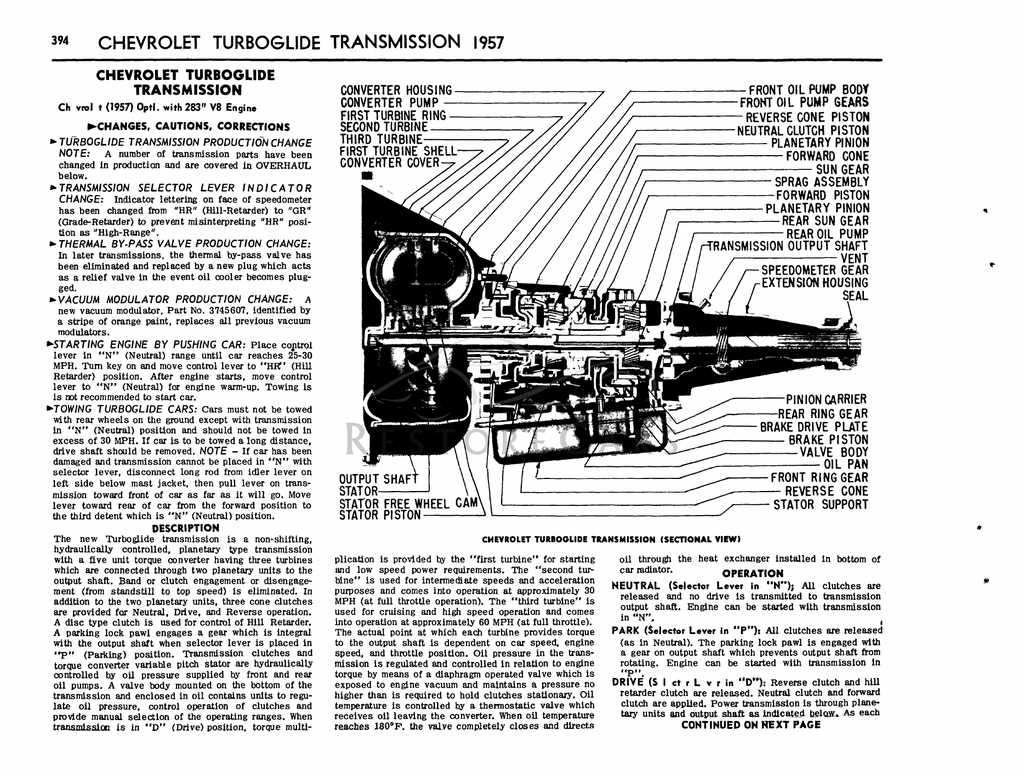

1991–2001 4元0-E - 4-speed light-duty (used in BMW, Cadillac, Isuzu, and Opel cars).

Today, GM uses a simple naming scheme for their transmissions, with the "Hydra-Matic" name used on most automatics across all divisions.įirst-generation longitudinal (Rear Wheel drive) Most early electronic transmissions use the "-E" designator to differentiate them from their non-electronic cousins, but this has been dropped on transmissions with no mechanical version like the new GM 6L80 transmission.

The next-generation transmissions, introduced in the early 1990s, were the electronic Hydra-Matics based on the Turbo-Hydramatic design. Also manufactured and used by Holden as the Trimatic transmission. A third variant was the light-duty rear wheel drive Turbo-Hydramatic 180 used in many European models. The basic rear-wheel drive Turbo-Hydramatic spawned two front-wheel drive variants, the transverse Turbo-Hydramatic 125, and the longitudinal Turbo-Hydramatic 425. The Turbo-Hydramatic was used by all GM divisions, and formed the basis for the company's modern Hydramatic line. TempestTorque, ( Pontiac) a two speed based on Powerglide, but having the added feature of " Split Torque " dividing the engine power between mechanical connection and the torque converter in high gear.1956-1964 4 speed Controlled coupling HydraMatic, also known as Cadillac 315 or P 315 HydraMatic, Oldsmobile Jetaway, Pontiac Super HydraMatic.1968–1969 Torquedrive - Chevrolet (manually column shifted 2 speed automatic, 6 cyl only).1964–1969 Super Turbine 300 - Buick/ Oldsmobile/ Pontiac (Oldsmobile Jetaway).1961–1964 Roto Hydramatic - Oldsmobile/ Pontiac (also used by Holden).1961–1963 Dual Path Turbine Drive - Buick.1957–1961 Turboglide - Chevrolet (V8 models only, except Corvette).1968-1971 Torquedrive- Chevrolet ( Camaro and Chevy II, Nova.1950–1973 Powerglide - Chevrolet (also used by Pontiac, Holden, Vauxhall and Opel).1940–1967 Hydra-Matic - Oldsmobile (now the trade name for all GM automatic transmissions).All of GM's early automatic transmissions were replaced by variants of the Turbo-Hydramatic by the 1970s. Through the 1950s, all makers were working on their own automatic transmission, with four more developed inside GM alone. The GM Hydra-Matic was a success and installed in the majority of GM models by 1950. will all interchange between all of the different makes and models.Automatic transmissions Early models You must have a 6-volt relay for a 6-volt overdrive transmission and likewise for 12-volts, but the solenoids, relays, kickdown switches etc. Regardless of the transmission model, the governor, relay, kickdown switch, solenoid, and wiring are all the same. Don’t worry – the R-10 is still plenty strong for most applications. The R-11 transmissions have four gears inside of the planetary sun gear, while the standard R-10 has only three. R-11 was for heavy-duty applications, including the bigger, heavier cars like Packard and Lincoln, and higher horsepower applications in later years. R-10 was the standard overdrive model and the most common. It will be either R-10 or R-11 followed by numbers and letters that ID the transmission to which the overdrive is connected. If you look toward the rear of the transmission where the solenoid is located, you will see an identification ID cast into the overdrive housing.


 0 kommentar(er)
0 kommentar(er)
